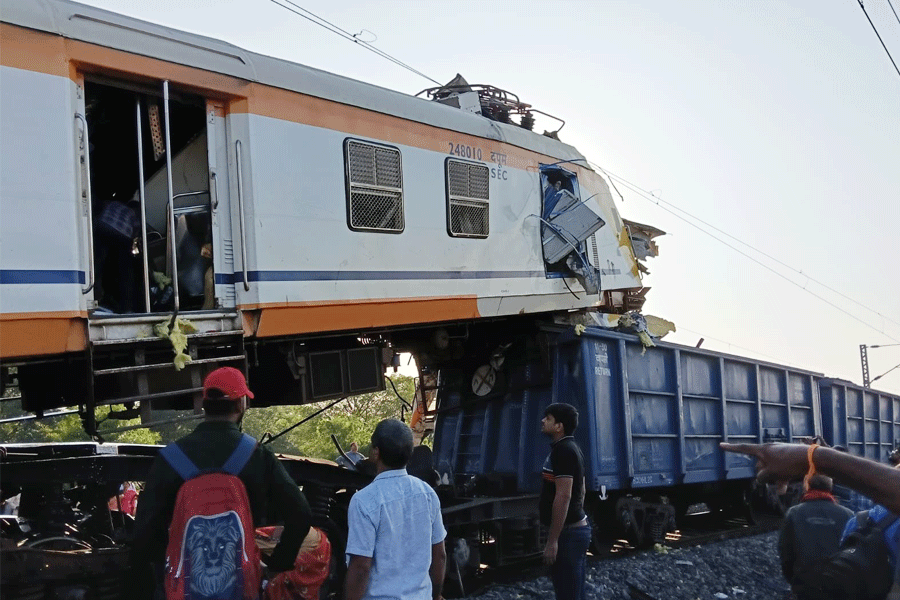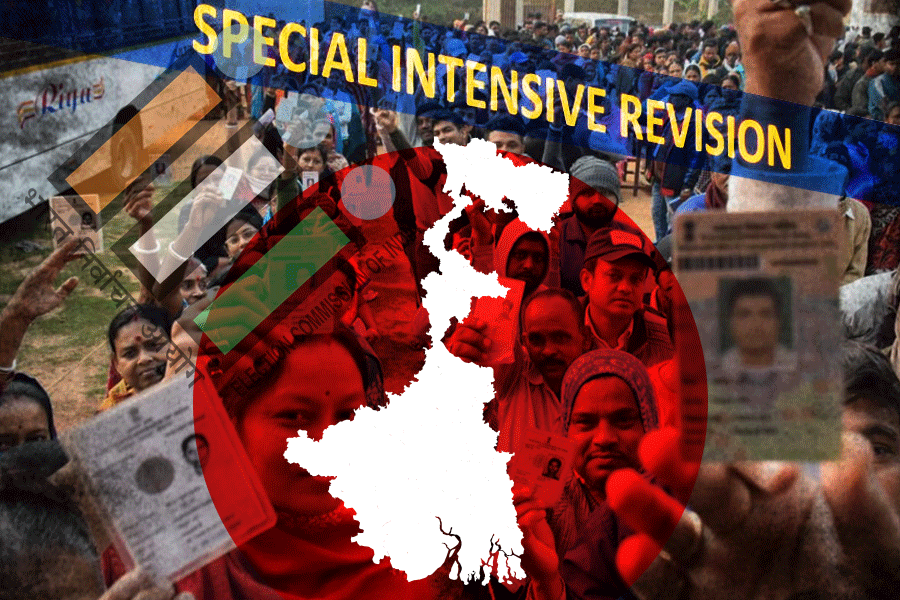 |
Do you ever get the feeling that it’s all over; that you’ll leave the rat race to the other rats and settle for a blind mole kind of existence in the workplace? Traditional thinking says it happens to all of us; very few people can reach the very top. And traditional thinking also insists that this is the stage when your company should put you out to pasture. You don’t lose your job. But you become part of the office furniture. “Mr Desai? He’s been around for donkey’s years. He’s Mr Loyal. He’ll be there adding to the numbers in a crisis. But we don’t really expect very much of him.”
Thankfully for the Desais of the world, there is some rethinking going on in HR circles today. Organisations have always been oriented to serving their CEOs. He is the man most celebrated and rewarded.
In India, the Super CEO has essentially been a family manager. But, amid fights for control of business empires, their halo has been fading. It’s a mixed bag really. In Bajaj Auto, the high-profile Rahul Bajaj is making more noise in Parliament than in his company. His sons, who now run Bajaj Auto, prefer to let the professionals, who work under them, take centre stage.
In the Murugappa Group down south, professional CEOs have been downgraded; the family has taken up the reins again. In Infosys, N.R. Narayana Murthy has gracefully retired. In some other large groups — both family-run and professionally-managed — the lack of a second line is used as an excuse by the CEO to hang on. “But we haven’t really experienced the phenomenon of the star CEO,” says Mumbai-based HR consultant D. Singh. “It is therefore easier to focus on the Mr Plods.”
More than the organisation, it’s the people who are taking a second look at plateauing. Says a Knowledge@Wharton analysis: “A number of men and women in middle management are increasingly reluctant to take the next step in their careers because the corporate ladder is not as appealing as it used to be, and the price to climb it is too high.”
But plateauing does not mean that the end is nigh. Several surveys have shown that there is increased emphasis on a better work-life balance, and things often go better with such a balance. Not everybody can become the CEO. It is often more harmful if you have half-a-dozen aspirants in the fray.
Susan Sonnesyn Brooks, writing in HR magazine, says that plateaus come in three levels: structural, content and life. Quoting Judith M. Bardwick, the author of The Plateau Trap: How to Avoid it in Your Career… and Your Life, she says: “A structural plateau marks the end of promotions, the point at which a person has climbed the ladder as far as possible and will have to leave the organisation to find new challenges and opportunities. Content plateaus occur when a person has learned a job almost too well and is bored with predictable, day-to-day responsibilities…
“A life plateau is more profound and may feel like a midlife crisis. People who experience this have allowed work to become the most significant aspect of their lives, as well as the basis of their identity and self-esteem. All is well as long as success continues in that area, but if they are targeted for downsizing, or passed by on the corporate climb, they may struggle to re-glue the pieces of their lives.”
“In India, luckily, the era of the workaholic is yet to dawn,” says Singh. “This may be one area where we can pick up useful lessons from the West.” It is sometimes better to be Mr Plod.
POSSIBLE PLATEAUS
A “dead-end” depends on what you make of it
Position Plateauing
* Happens to everyone, sooner or later.
* Individuals have little control over the forces that create position plateauing.
* If this happens to you, you can still be a valued employee.
Contribution Plateauing
* Depends on what you make of it.
* Doesn’t have to happen to anyone.
* Individuals have almost total control over the forces that lead to contribution plateaus.
* If you let this happen to you, your value will decline rapidly. Avoid this at all costs.
Source: Are You in Danger of Plateauing? by Kurt Sandholtz, CareerJournal










